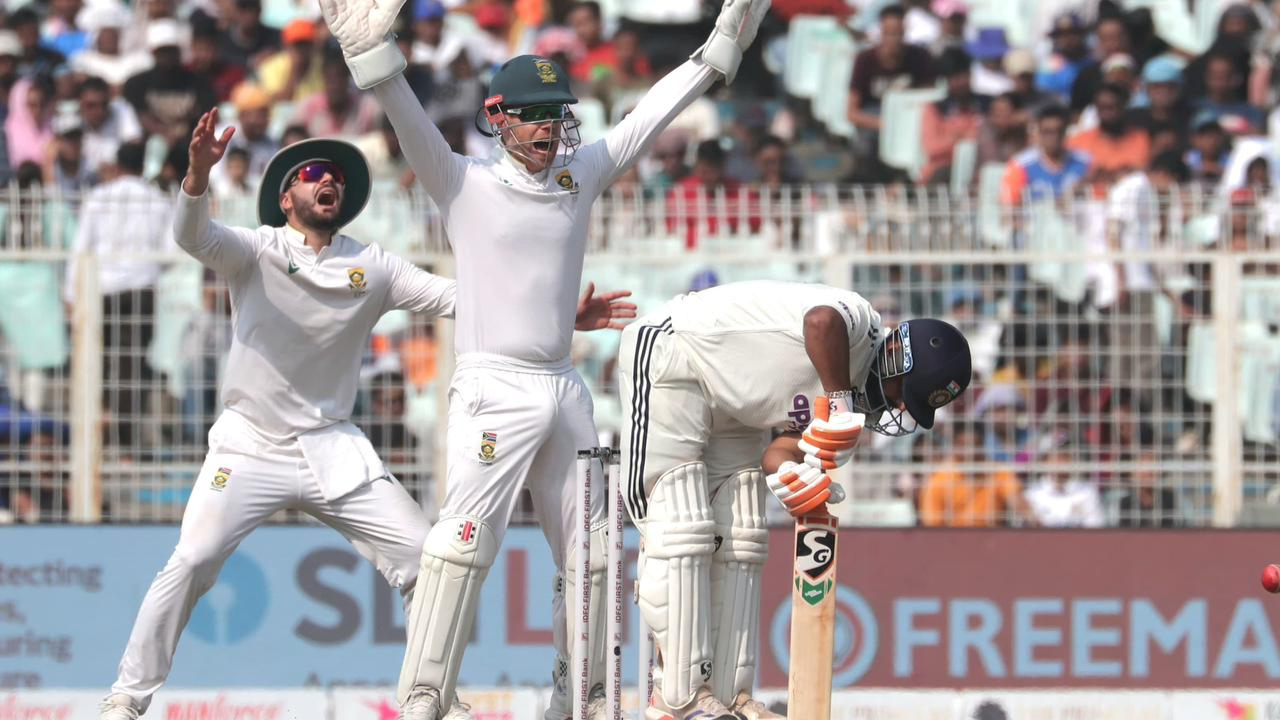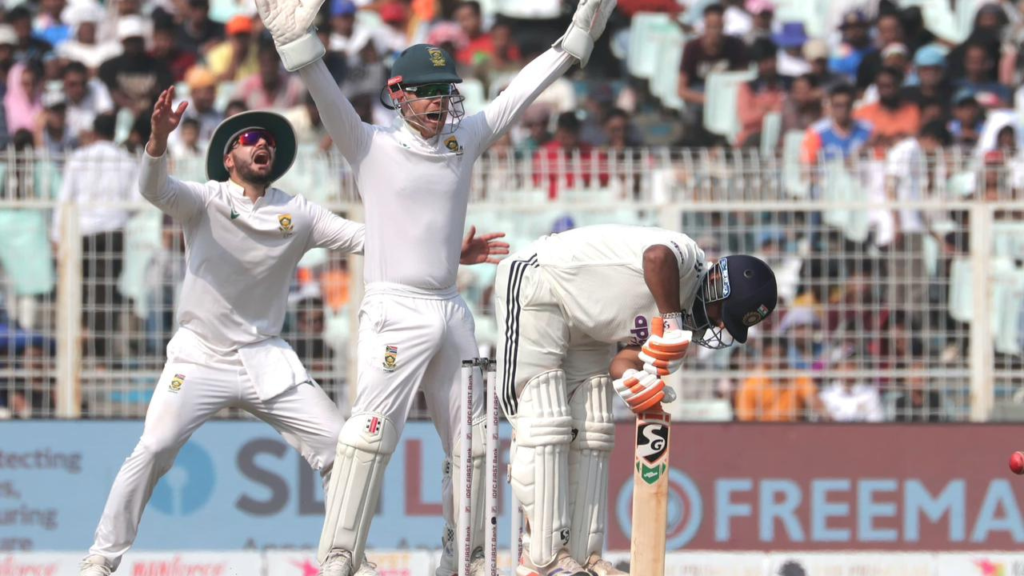
This 408-run thrashing in Guwahati is hardly the first dispiriting or demoralising loss that Indian cricket has suffered, even in this 21st century of limitless wealth and plentiful success. But in most cases, even the worst defeats came with some sort of silver lining or caveat. The two previous heaviest defeats by runs – in Nagpur in 2004 and Karachi in 2006 – were examples of that.
In Nagpur, cricket had very little to do with India’s loss. At the time, Indian cricket was caught in the middle of a power struggle between Jagmohan Dalmiya, who had held the reins for the best part of a decade and more, and Sharad Pawar, who had recently muscled his way into the space. Shashank Manohar, as one of Pawar‘s confidants, decided in his wisdom to instruct the curator to prepare a green top.
That it would clearly favour the visiting Australians, who came to the city with a 1-0 series lead, was blatantly obvious. Despite repeated entreaties from the India camp to trim the grass cover on the eve of the game, it didn’t happen – with Manohar putting squabbles ahead of Indian cricket’s well-being.
On the morning of the match. Sourav Ganguly pulled out with an injury, as did Harbhajan Singh, and India were absolutely hammered by 342 runs with Jason Gillespie taking nine for 80. At the time, the series loss – India’s first to Australia in 35 years – cause seismic shocks but there was also a sense of perspective.
There was recognition that Australia, with multiple all-time greats in the line-up and future legends like Michael Clarke just having come into the side, had a team for the ages. Similarly, fans knew that India were not as bad as they were made to look by that surface. On an underprepared turner in Mumbai a few days later, India remarkably defended a target of 107 to finish the series on a high.
Karachi was the last of a three-Test series which had seen boring bat-a-thons in Lahore and Faisalabad. When Irfan Pathan took a hat-trick in the first over of the match, it seemed like the game would swing India’s way. But Pakistan battled back and the abiding memory of that game is a genius of Mohammed Asif, whose seven wickets included VVS Laxman (twice), Rahul Dravid, Sachin Tendulkar, Virender Sehwag and Yuvraj Singh – India’s best batter in that defeat.
The manner in which Asif dismantled India’s storied batting line-up with subtle movement off the seam at lively pace was such that it made you doubt if it would have made the slightest difference if India could have called on Sir Donald Bradman, George Headley and Graeme Pollock.
That 341-run loss hit hard because it was against the bitter rivals, but even then, most steadfast fans knew that headlines like ‘Endulkar’ and worse were just hyperbole to sell newspapers. That team duly bounced back because there was still miles left in the legs of legends like Tendulkar, Dravid, Laxman and Ganguly, not to mention Anil Kumble, who would go on to captain the team later. There was also the knowledge that MS Dhoni would go on to become an even bigger player in the future.
The issue with the Guwahati debacle is that no one really knows what comes next. Unlike in 2004 and 2006, there isn’t a core group of elite batters that fans can believe in, that they can trust will succeed in all conditions. With the notable exceptions of Jasprit Bumrah and Mohammed Siraj, the bowling stocks have been in decline for a while now, and nothing was more soul-destroying than seeing South Africa’s spinners comprehensively outbowl their Indian counterparts.
Two decades ago, the key members of the teams beaten in Nagpur and Karachi went to England in 2007 and won India’s only series there this century. They would eventually go on to take the number one ranking in Test cricket in December 2009, and hold on to it for the best part of 18 months. Given India’s freefall in the red-ball format in the last year, a similar turnaround is fairly unlikely. We can only hope.
For more updates, follow the Revsportz app




